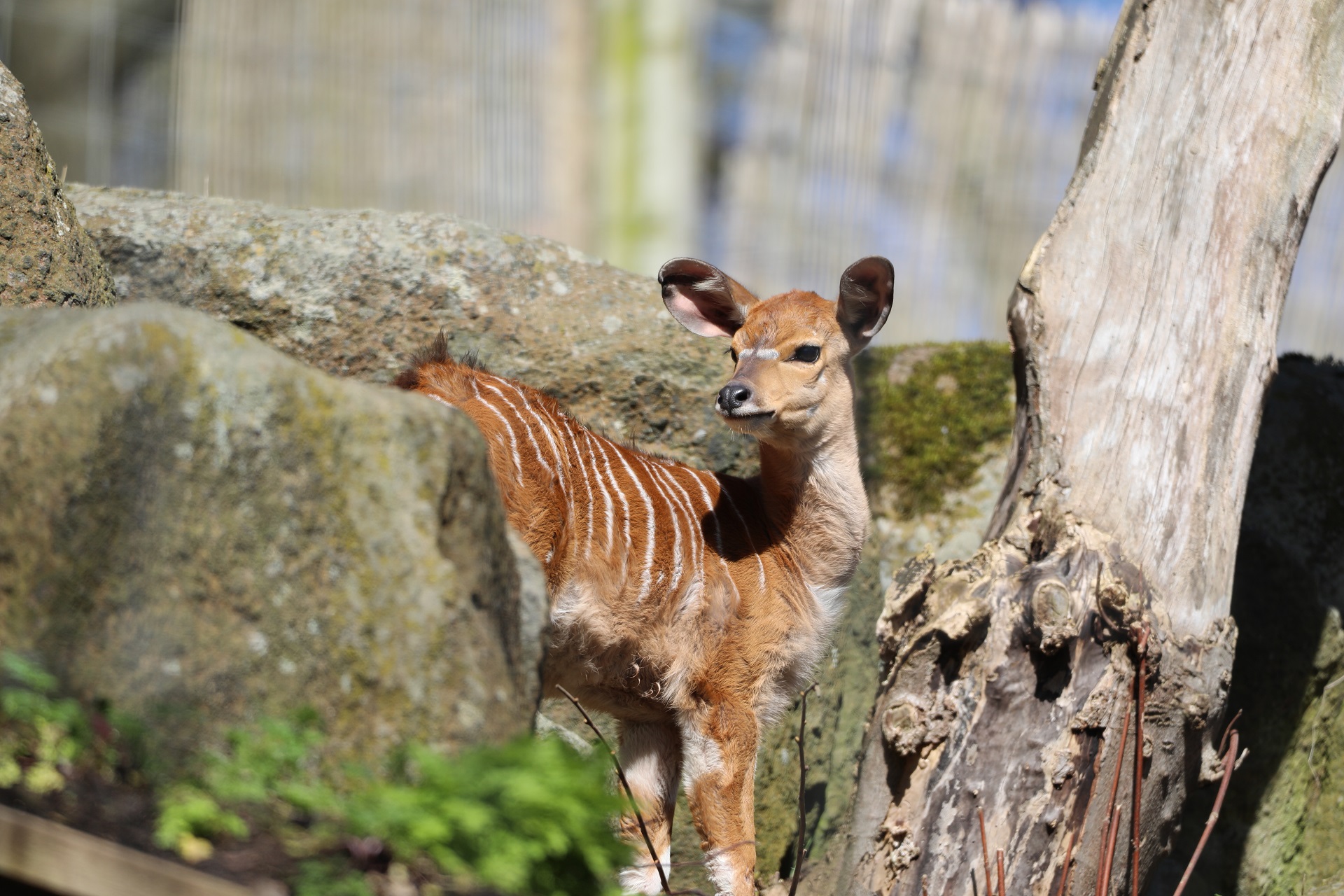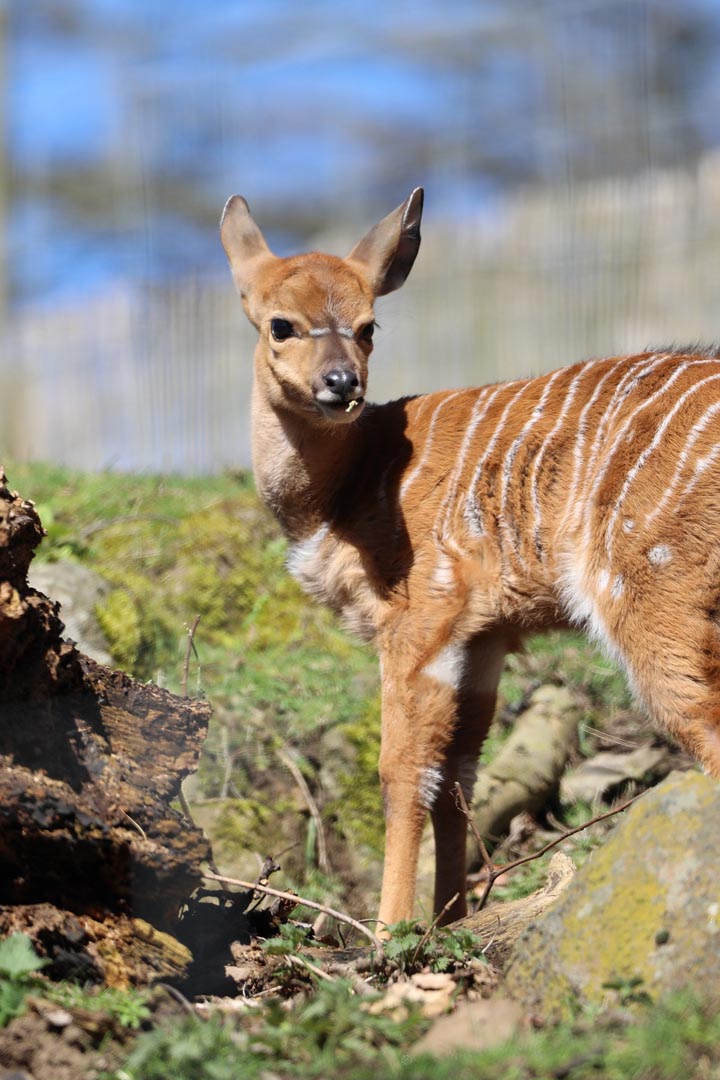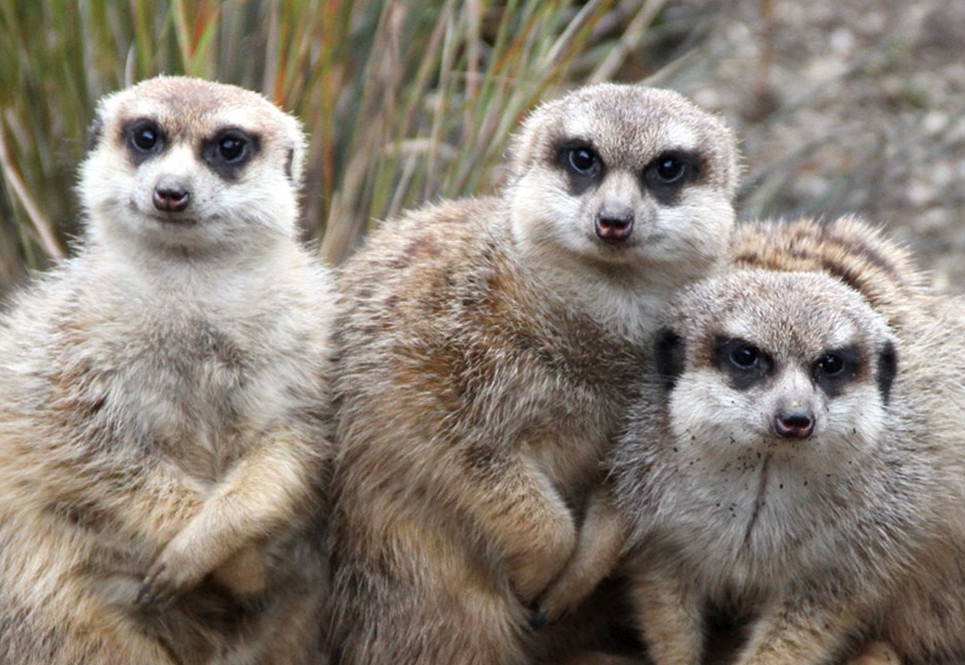Lowland nyala
Tragelaphus angasii

We are home to a small herd of lowland nyala – Poppy, Arnold, Arya, Yara, Eugene and our two adorable new calves! They are most active during the early morning and late afternoon hours, taking shelter in the shade during the hottest parts of the day.
Population
Stable
Diet
Herbivore
Habitat
Grasslands
Fact file
Native to south-eastern Africa, these antelopes like hiding in dense woodland
They have an exceptional sense of smell and hearing, and use high-pitched barking to alert their groups to danger
Lowland nyala calves weigh just 5kg when they’re born
The white stripes on the male’s fur start to fade once they’re around ten
They live in groups that range in size from two to 30 individuals

How we're helping
Like all the animals in our care, our lowland nyalas are amazing ambassadors for their relatives in the wild and help hundreds of thousands of people connect with nature every year. They encourage visitors to learn about the threats facing wildlife and the action they can take to help create a world where nature is protected, valued, and loved.
As a wildlife conservation charity, we care for the animals here at the zoo and work to protect species at risk around the world. From providing expertise in genetics and veterinary health, to protecting wild places with local conservation partners, and even restoring threatened species to the wild, we are active where we are needed most.
Find out more about?RZSS conservation
